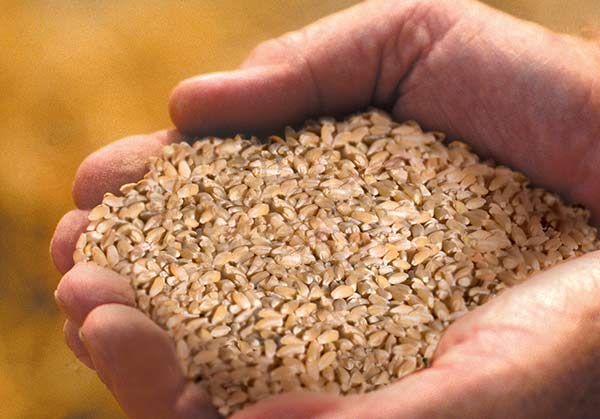Lasagna n° 502
Lasagna is one of the oldest forms of pasta recorded. It probably corresponds to the Latin "Lagana" (which in turn was derived from the Greek "laganon": large, flat sheet of pasta cut into strips) and it began to be known as "Lasagna" probably after the year 1000 AD. The first traces of the widespread use of the term "Lasagna" can be found in the works of the most renowned 12th century Italian poets. "Granel di pepe vince / per virtù la lasagna", (a peppercorn beats lasagna for virtue) states Jacopone da Todi. Cecco Angiolieri,on the other hand, warns his readers, "chi de l'altrui farina fa lasagne / il su' castello non ha ne muro ne fosso" (He who makes lasagna with another's flour / his castle will have no walls or moat).
It has long been one of the most well-known and popular types of pasta in Italian cooking, and the simplest and most commonly used recipe calls for a ragù, béchamel and parmesan, although mozzarella has also been introduced more recently.
Delicious "white" versions are also quite commonplace with sauces made from mushrooms and vegetables.
Available in 500g pack.s
- Cooking time: 27 min

play
Our method
Attention, care, experience, quality at every stage: from our mill to your table.
You may also be interested in
Mezze Maniche Rigate n° 136
Mezze Maniche Rigate are bigger than Mezzi Rigatoni, but just as good for capturing all kinds of sauces with their outer ridges which bring out the best in every recipe.
Their chunky shape makes them ideal for serving with hearty meat or fish sauces and for recipes which are tossed in the frying pan.
Available in 500g or 3 Kg packs.
Find out more





